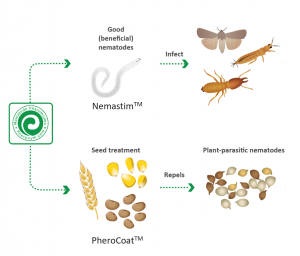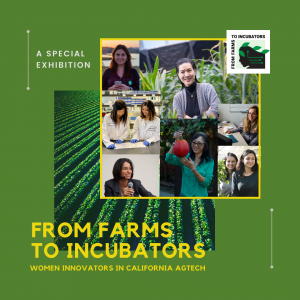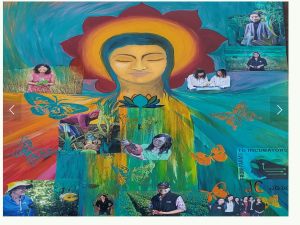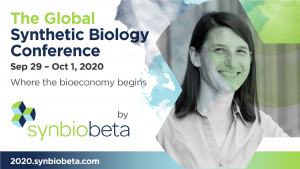It’s incredible how much the insight from one hundred interviews can focus your market entry strategy and position your startup for success.
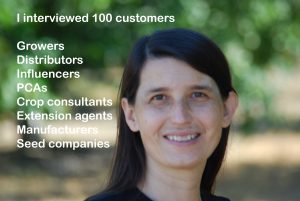
Pheronym develops pheromone products from microscopic roundworms, nematodes to control agricultural pests. By controlling nematode behavior, we can control both pest nematodes and insects. Our goal at the 6-week NSF I-corps team program was to identify the beachhead market for our product entry.
The first week we interviewed Land O Lakes. We were shocked to learn the number of acres infested with soybean cyst nematode, a microscopic roundworm that parasitizes plant roots and reduces yield. We learned that farmers need eco-friendly solutions for soybean cyst nematode, and seed treatments are an excellent solution. We immediately realized that seed treatment was our ultimate market. However, it requires a long time to get to market. Just the field trails need 2-3 years for the channel partners to conduct. Luckily, the second week, we identified our beachhead market, Keep reading.

